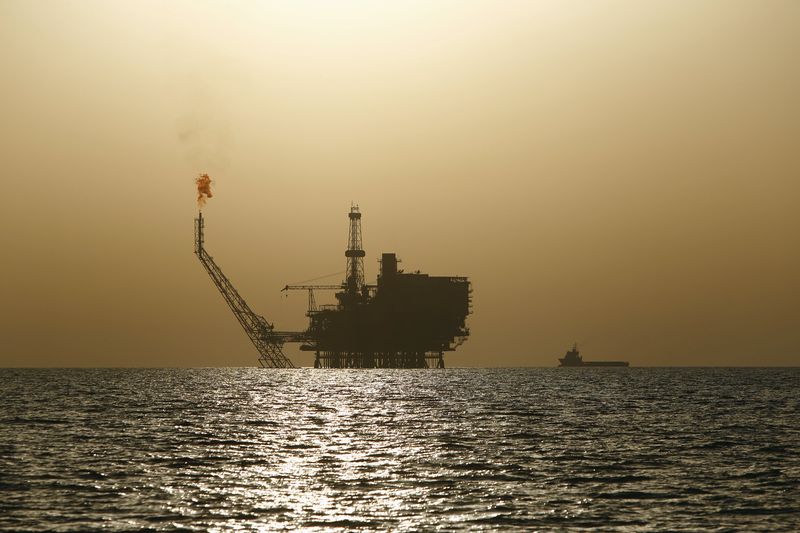The near-term strategy of Cobalt Blue Holdings Ltd (ASX:COB, OTC:CBBHF) to focus on progressing its Cobalt Nickel Refinery Project in 2024 is likely to receive a major boost through a potential partnership with leading Japanese multinational company Iwatani Corporation.
COB plans to construct the refinery in the Kwinana Industrial Area near Perth in Western Australia and has executed a non-binding agreement to partner with Iwatani to develop the plant.
The proposed location for the cobalt-nickel refinery plant is the Doral Fused Materials (DFM) site, which is owned by Iwatani Australia and is in East Rockingham WA near the Fremantle Port.
This proposed partnership is expected to bring significant value to the project as Iwatani is an established large-scale trader of battery minerals into the important Japanese and US battery supply chain and an established landholder/operator in the Kwinana district.
READ: Cobalt Blue has near-term focus on Cobalt Nickel Refinery Project after positive study
COB will progress this project during 2024 after fielding positive results from a study focusing on the refinery, a proposed large-scale, cobalt-nickel operation representing Australia’s first cobalt refinery that will produce high-quality, battery-grade cobalt sulphate intended for Inflation Reduction Act (IRA) compliant markets such as the US.
The company says the investment case is sound, with the potential for robust returns and this provides a suitable platform for advancing the project through the next stages of pre-development up to a Financial Investment Decision planned in mid-2024.
In this Q&A, COB’s investor relations/commercial manager Joel Crane explains to Proactive the rationale behind the refinery as well as the importance of the agreement with Iwatani.
What is the strategy behind the Cobalt-Nickel Refinery?
First and foremost is to meet the immediate requirement for midstream materials in the Allied Nations battery raw material supply chain.
During our nearly 7-year journey to develop an integrated cobalt mine and refinery operation, the one consistent message to come out of commercial negotiations is immediacy.
EV and battery makers want responsibly sourced materials as quickly as possible, and we have the technology and partnership to develop Australia’s first cobalt-nickel refinery by 2025.
Sulphate and precursor strategies.
How does the US IRA influence the business model?
It is well known that critical minerals markets are highly concentrated, a condition that puts supply chains in substantial risk. The US Inflation Reduction Act (IRA) is a direct response to this risk and it has very rapidly created a supportive environment to producers along the Allied Supply Chain.
The IRA offers substantial tax credits up to US$7,500 to consumers who purchase an EV that has been manufactured in the US and contains a certain percentage of materials manufactured or processed in the US or in an Allied country.
More specifically for our cobalt and nickel sulphate, from 2025, the vehicle’s battery cannot contain any battery components from a Foreign Entity of Concern (FEOC) to qualify for the credits.
Last weekend, the US released guidance that prohibits the involvement of companies where 25% or more of the entity is controlled by an FEOC. This effectively means Cobalt Blue will be one of the few producers with the ability to deliver IRA-compliant material in the next 2-4 years.
Who is Iwatani Corporation?
Iwatani Corporation is a Japanese multinational company that specialises in the production and trading of commodities with a large trading arm that supplies their Japanese EV partners. They have a global presence with operations in several countries with many established partnerships and collaborations.
READ: Cobalt Blue Holdings names Iwatani Corporation as potential partner in Cobalt Nickel Refinery Project
In Australia, Iwatani owns a mineral processing facility in the Kwinana district that produces titanium minerals and zircon sand products.
They are also the largest player in the Japanese hydrogen market and are partners in the multi-billion-dollar Hydrogen Energy Supply Chain project, located in Hastings and Latrobe Valley, Victoria.
Iwatani also has a partnership with the Queensland State-owned electricity generator, Stanwell Corporation, to commence a concept study to produce and liquify hydrogen from renewable energy sources for the Japanese market.
Iwatani MD Kan Ueda, Cobalt Blue CEO Joe Kaderavek and senior staff at COB’s Demonstration Plant at Broken Hill.
What are the economics of the project?
The economics are one of the most compelling aspects of the refinery, primarily because it is expected to generate stable margins throughout the highs and lows of the cobalt price cycle.
Using long-term assumptions for the cobalt and nickel price and AUD exchange rate, the project generates $34 million annual EBITDA with a post-tax NPV of $118 million and an IRR of 27%.
However, using current spot levels of those assumptions which are much lower, we would still generate $30 million annual EDITDA with an NPV of $99 million and a 25% IRR.
The modest variance in these returns demonstrates the attractiveness of a midstream refining business as opposed to a mining operation with high leverage to the underlying commodity.
Cobalt-Nickel Refinery production.
And importantly, we expect construction costs of just A$55 million. This relatively low estimate is because the proposed site is an already established minerals processing operation with all the required infrastructure and permitting requirements firmly in place.
Input costs are also very low given Kwinana is an established industrial zone with low-cost chemical availability.
Indicative project timeline.
What timeline does the project face?
The path to production is rapid. Over the next six months, we will complete feedstock testing, select an engineering partner and construction firm, complete permit applications and begin the process of final investment decision.
Construction should begin by the end of 2024 and first production in late 2025.
